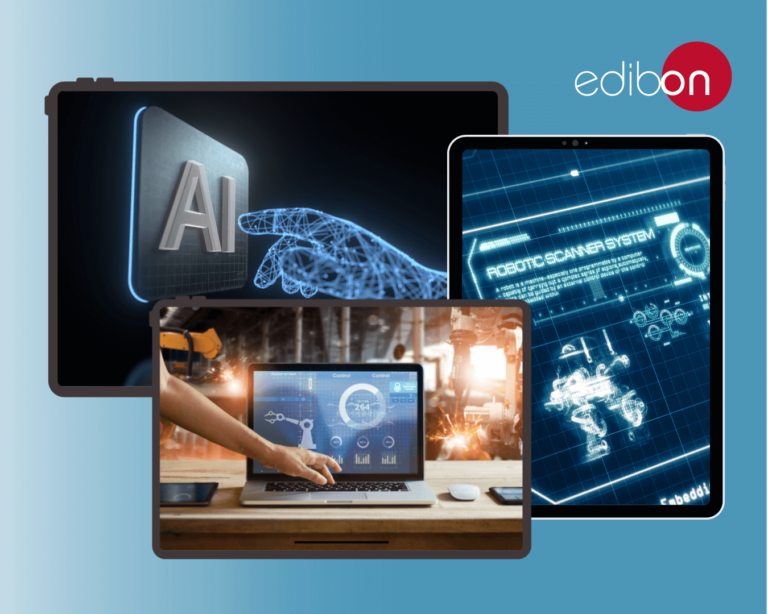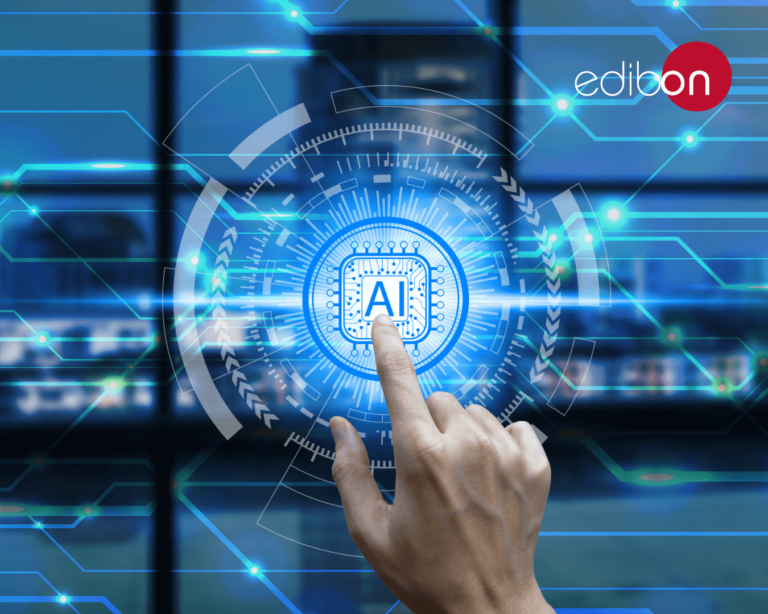In a world where automation and robotics are advancing rapidly, technical education faces the challenge of not only teaching technology but also training professionals capable of applying this knowledge with critical thinking, vision, and responsibility. How can we teach complex systems to new generations? What role does artificial intelligence play in the classroom? How do we balance theory, practice, and ethics?
At EDIBON, we wanted to address these questions with a key figure in the field: Engr. Muhammad Zakir Shaikh, Director of the National Center for Robotics, Automation and Artificial Intelligence in Pakistan, researcher at the University of Málaga (Spain), and a global reference in educational innovation , with experience in multiple international projects, ranging from AI-based diagnostics to training in sustainability.
Interview with Engr. Muhammad Zakir Shaikh
What strategies are most effective for teaching mechatronics and automation?
According to Mr. Shaikh, teaching this discipline must go beyond theory. “It’s not just about explaining algorithms or control loops, but about sparking curiosity,” he says. One of his preferred strategies is project-based learning: when students build a robot or simulate an autonomous system, they begin to understand how perception, planning, and action are integrated into a functional system.
He also highlights the use of tools like ROS (Robot Operating System) and simulators such as Gazebo or Rviz, which allow students to visualize and debug complex processes. “Faced with abstract concepts, these platforms offer a tangible and meaningful experience.”

How do you integrate theoretical concepts with practical experiences in the classroom?
He applies a pedagogical model he calls learn, see, do. First, he explains the theoretical fundamentals using clear analogies. Then, he demonstrates them in real-time simulations. Finally, he allows students to experiment and reflect on what they’ve learned.
For example, when teaching PID control, it’s not just about showing graphs — students are given the opportunity to adjust and work directly with a real regulation and control unit. “Learning becomes memorable when you physically feel the effect of modifying a parameter,” he says.
What is the impact of AI tools on education and engineering research?
From his perspective, technologies such as neural networks, computer vision, and natural language processing (NLP) are transforming both teaching and research.
In education:
- Adaptive platforms personalize learning based on student profiles.
- Virtual labs based on computer vision remove physical barriers to hands-on learning.
- NLP tools automate grading and provide immediate feedback, improving teaching efficiency.
In research:
- AI accelerates the analysis of large data sets.
- Enhances collaboration between researchers through summaries, trend detection, and assisted writing.
- Opens new possibilities in experimental design and innovation.
However, Engr. Shaikh also warns of ethical challenges, data privacy, and the need for equitable access to these tools

What emerging trends in mechatronics, automation, and robotics should professors consider?
Technological advancements are reshaping technical training in mechatronics, automation, and robotics. To prepare students for real-world industry challenges, it is essential to integrate the following emerging trends:
- Human-robot collaboration: Robotics no longer operates in isolation. Robotic arm workstations allow students to explore shared processes, safe sequences, and PLC synchronization.
- Intelligent automation: Modern systems are no longer purely sequential. The use of sensors, conditional logic, and adaptive control equips students to work with autonomous and optimized processes
- Connectivity and IoT systems: Communication between stations, PC-based control, and real-time data acquisition are fundamental in any Industry 4.0 setup. EDIBON units simulate this industrial ecosystem effectively.
- Process simulation and visualization: Training is enhanced with HMI interfaces, computer-based supervision, and control software that replicate industrial environments safely and interactively.
- Flexible and bioinspired design: Robotics is evolving toward adaptive and safe solutions. Encouraging creative design using alternative materials and natural motion patterns opens new avenues for innovation.
- Modular and flexible manufacturing: EDIBON’s interconnected lines replicate real production cells. This systemic approach allows students to study overall efficiency, distributed programming, and technology integration
- Sustainability and cross-disciplinary approach: EDIBON systems support the analysis of energy consumption, traceability, and performance, introducing ethical and environmental perspectives into technical education.
What are the main challenges in training for automation and robotics?
For Engr. Shaikh, one of the biggest challenges is keeping curricula up to date in the face of fast technological evolution. He also notes:
- Promoting equal access: Not all students have the opportunity to physically access a technical laboratory. Integrating solutions such as remote labs, interactive platforms, and augmented reality experiences helps extend learning beyond the classroom, ensuring that all students can develop practical skills regardless of their location or educational context.
- Interdisciplinary mindset: Mechatronics, automation, and robotics are cross-cutting fields that demand breaking down traditional disciplinary boundaries to encourage integrated learning and innovation.
- Continuous teacher training: Faculty development must be prioritized to keep pace with technological advances.
How do you incorporate ethics into the training of future engineers?
“Ethical design is not a side topic—it’s an integral part of every intelligent system,” he says. In his teaching, he incorporates real failure analyses in autonomous systems to discuss data bias, automated decision-making, and the social consequences of technology
He encourages students to ask critical questions like: Who benefits? What could go wrong? How do we ensure transparency? He also promotes sustainable design by evaluating the environmental impact of materials and energy consumption. “Training responsible engineers means teaching them to ask the right questions,” he concludes.
Would you recommend working with EDIBON?
“Absolutely,” he replies firmly. “I would recommend EDIBON without hesitation to colleagues, researchers, and professors.” He highlights the company’s commitment to technical education, the quality of its didactic solutions, and its focus on connecting theory with practice. “My experience with EDIBON has been enriching. It’s not just about technology—it’s about a human team committed to the future of engineering. ”.
Engr. Muhammad Zakir Shaikh represents a new generation of academic leaders who understand technology as a tool for human progress. His comprehensive vision of education—where theory meets practice and ethics—fully aligns with EDIBON’s values.
In a constantly evolving world, we at EDIBON share his commitment to modern, inclusive, and socially responsible technical training. Because preparing the engineers of tomorrow involves not only transmitting knowledge, but also cultivating awareness, curiosity, and integrity.
